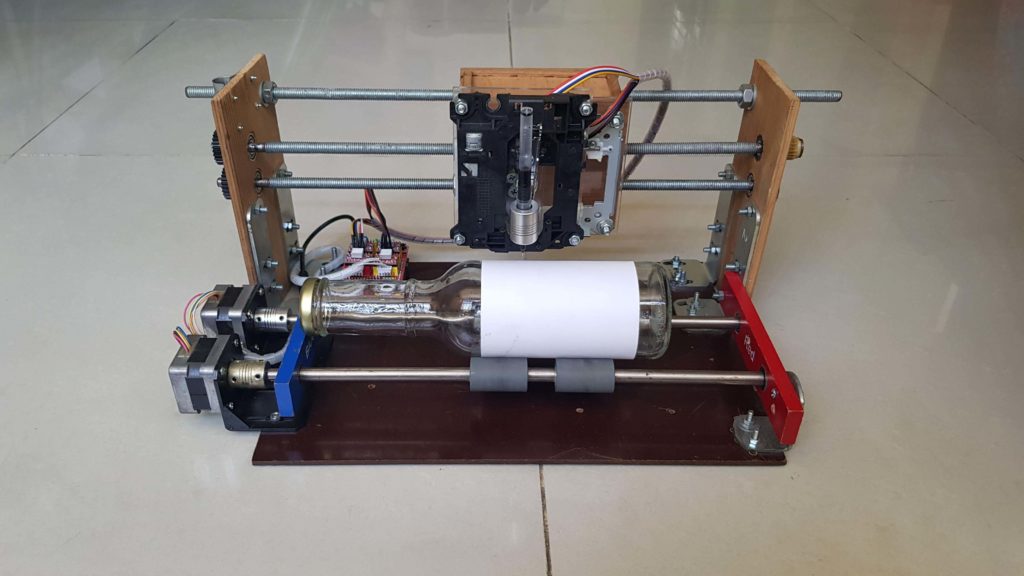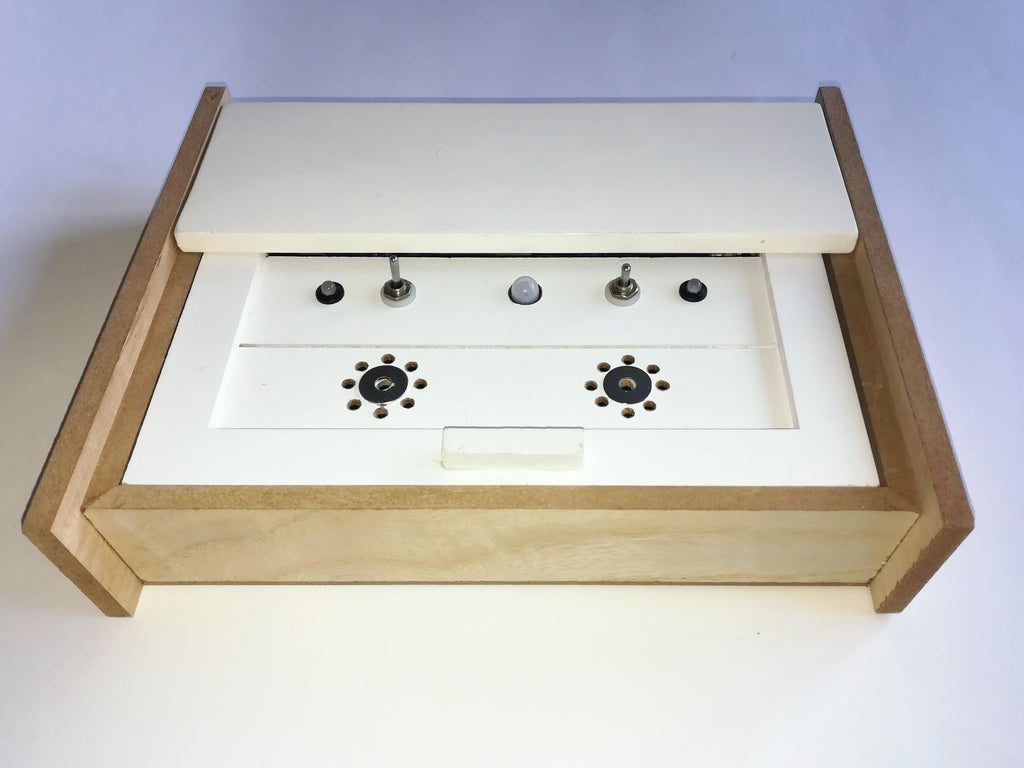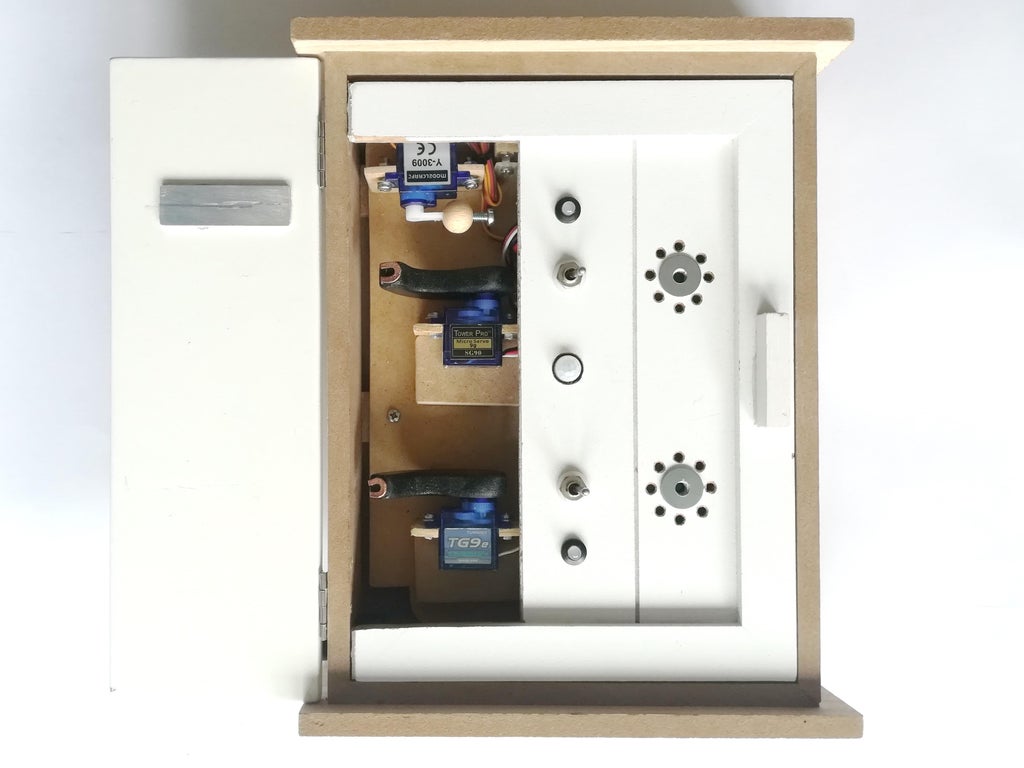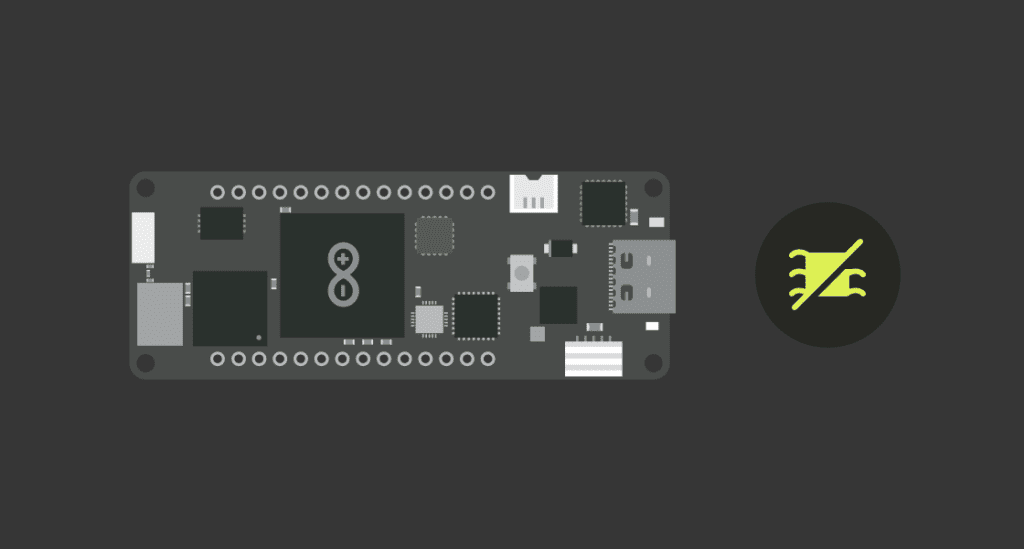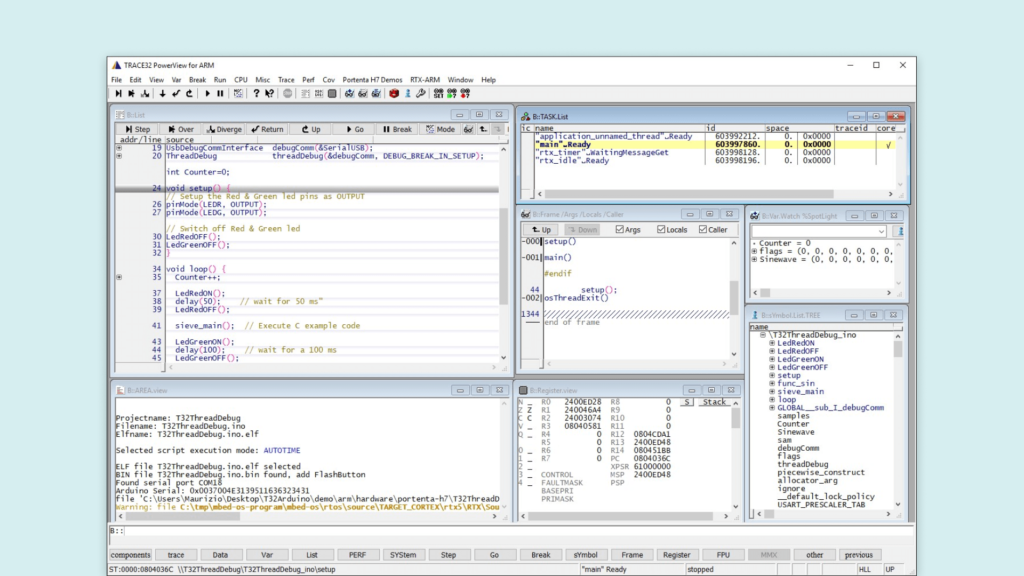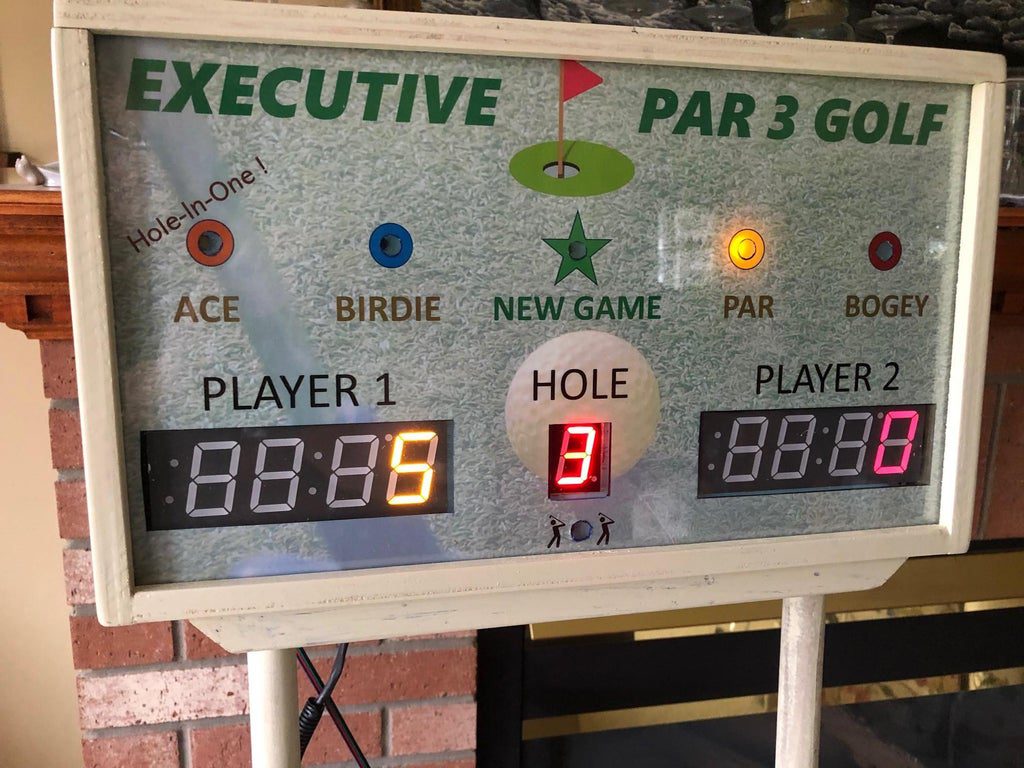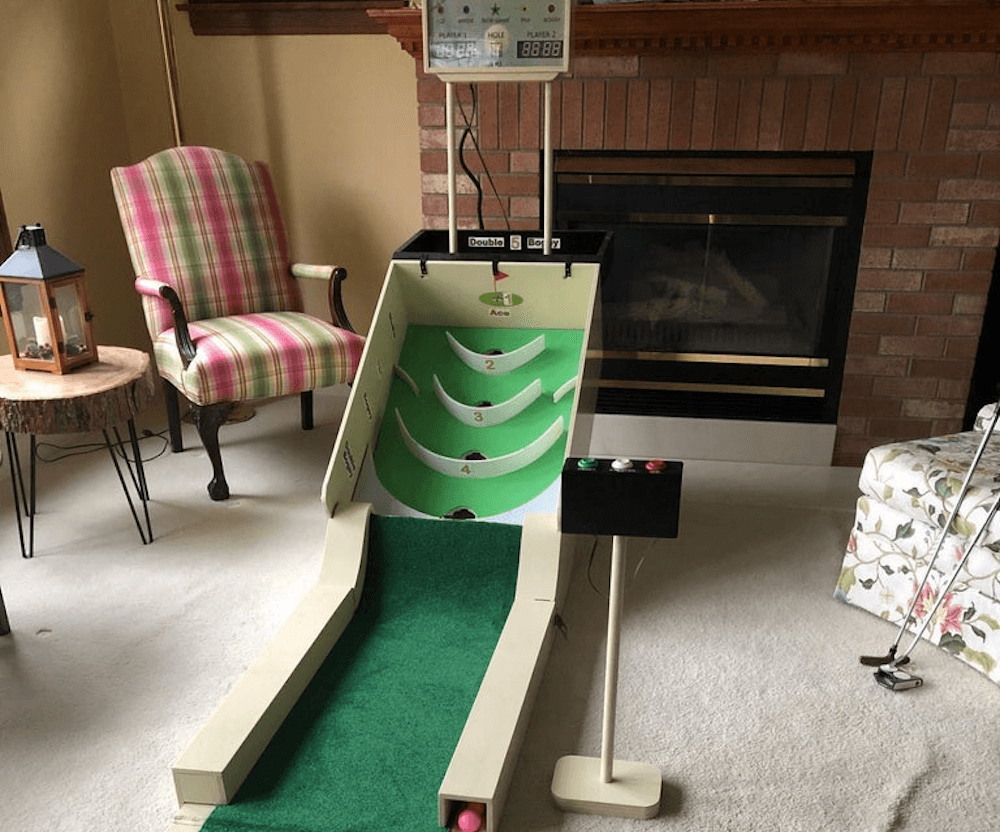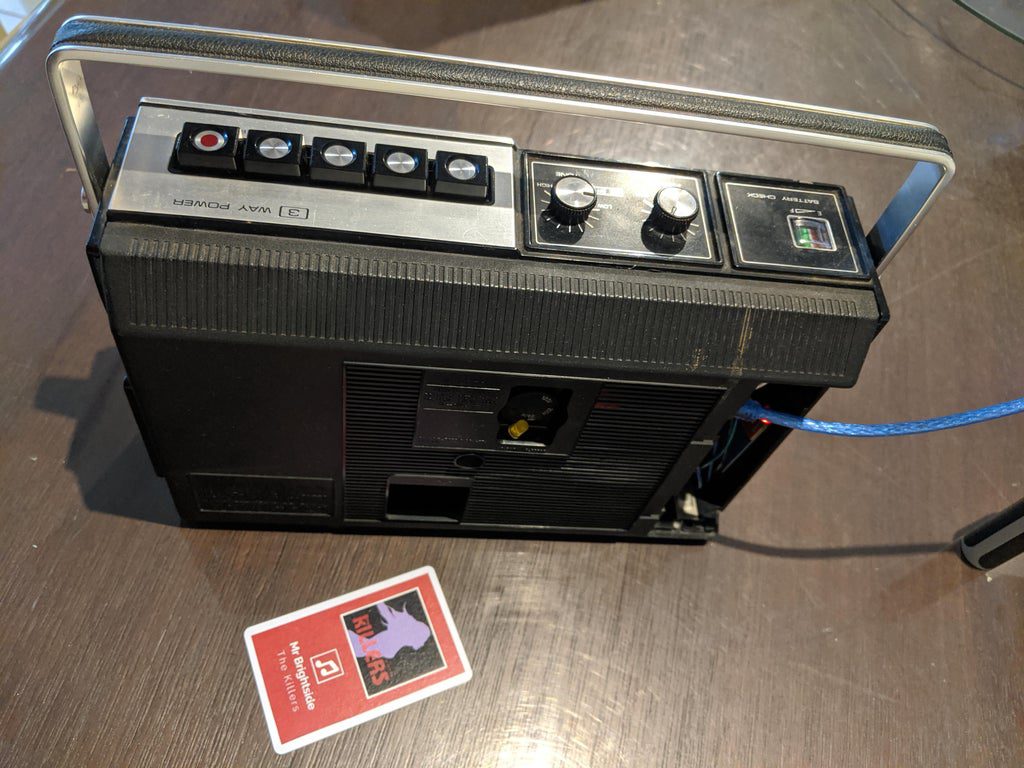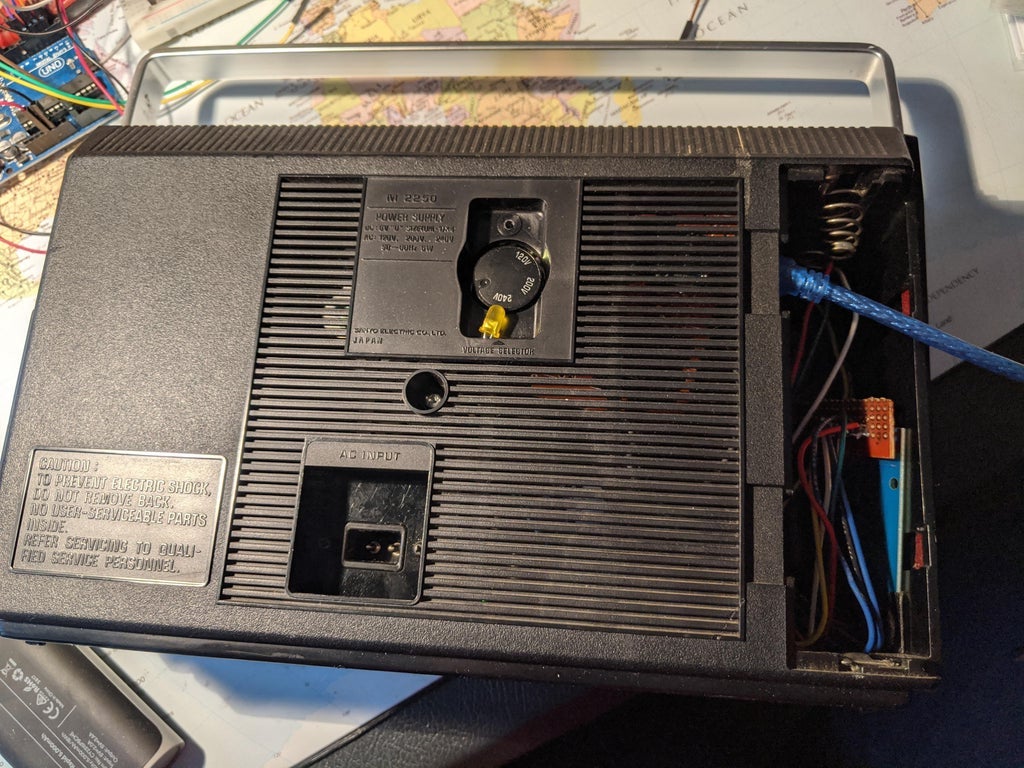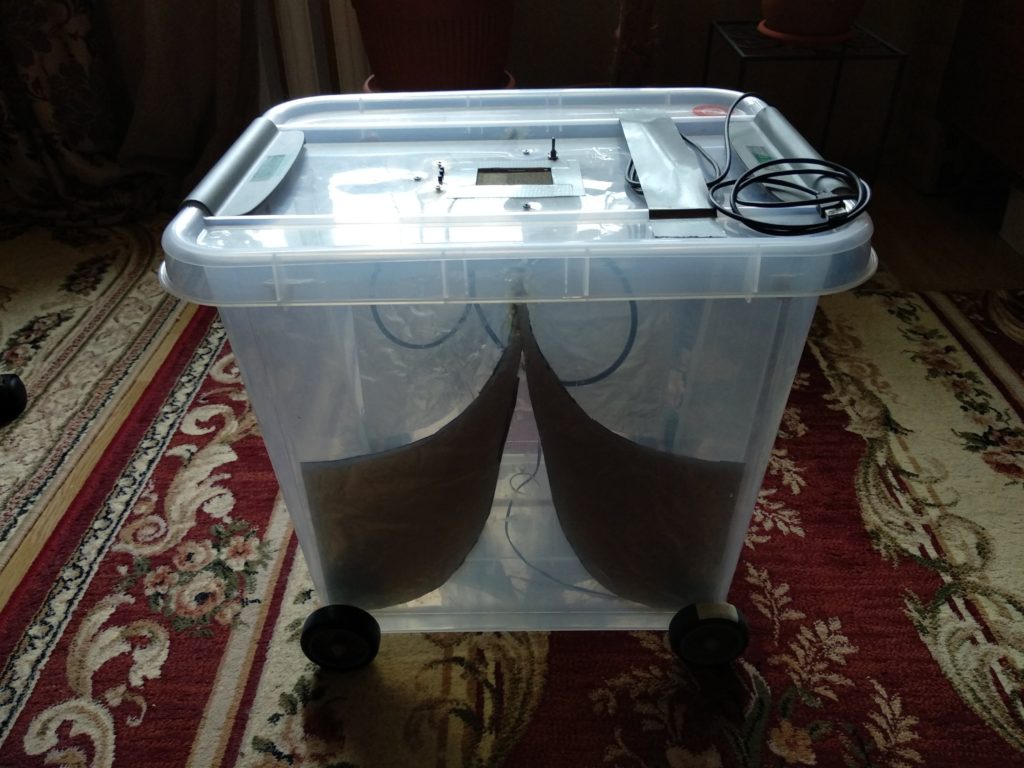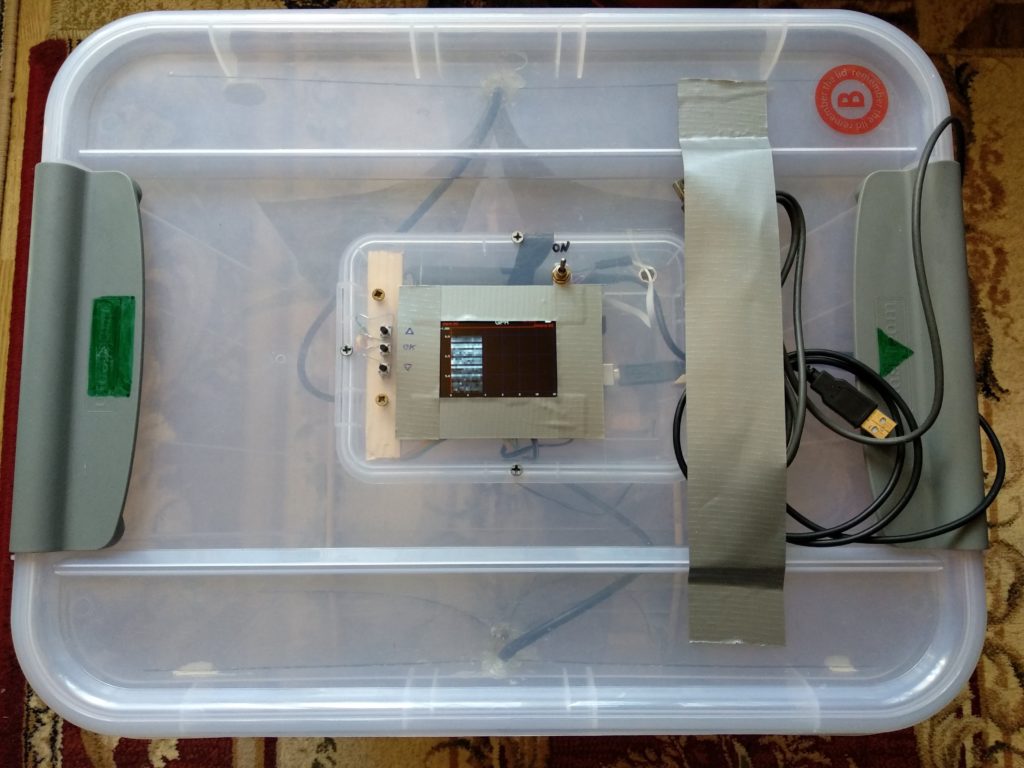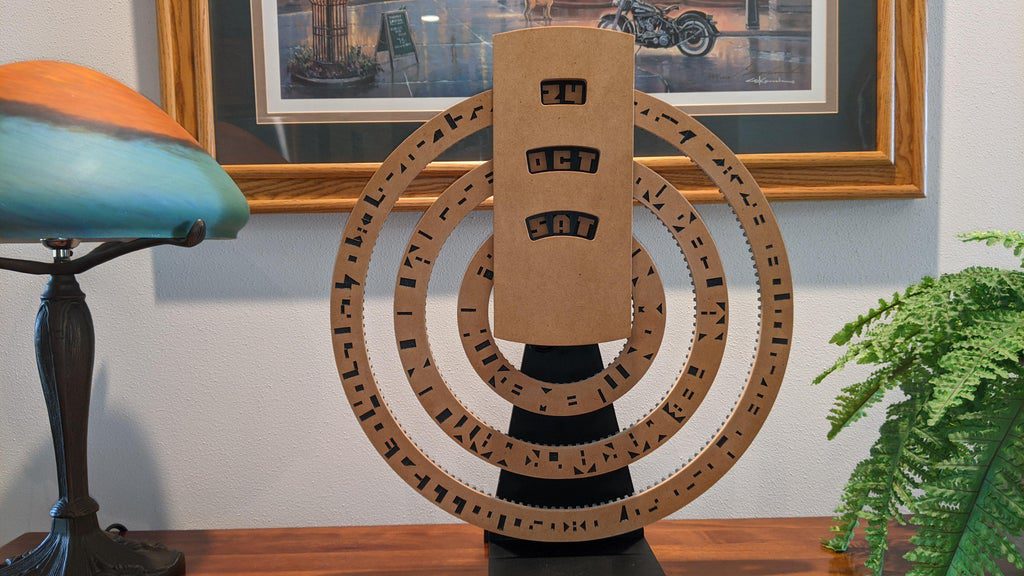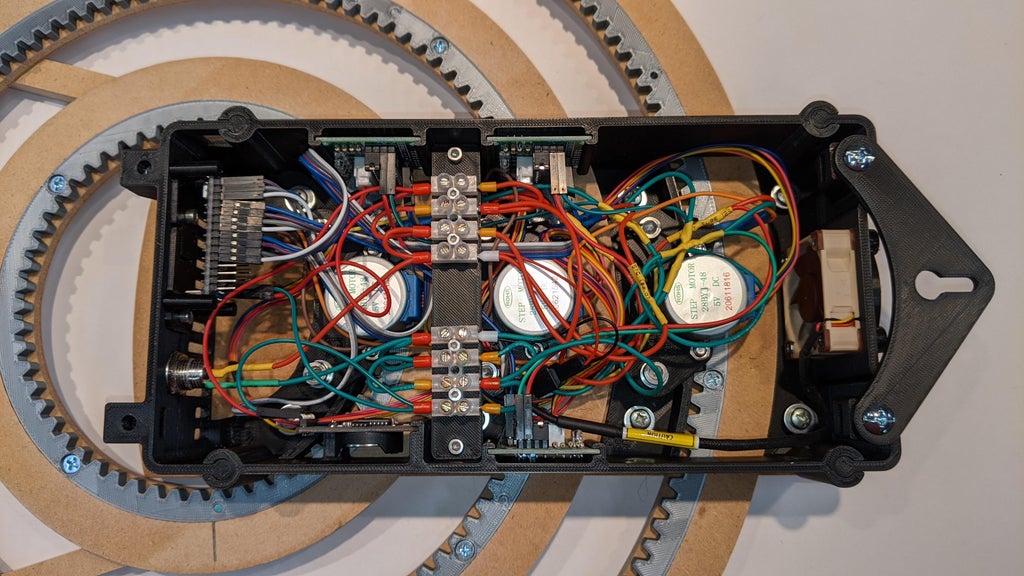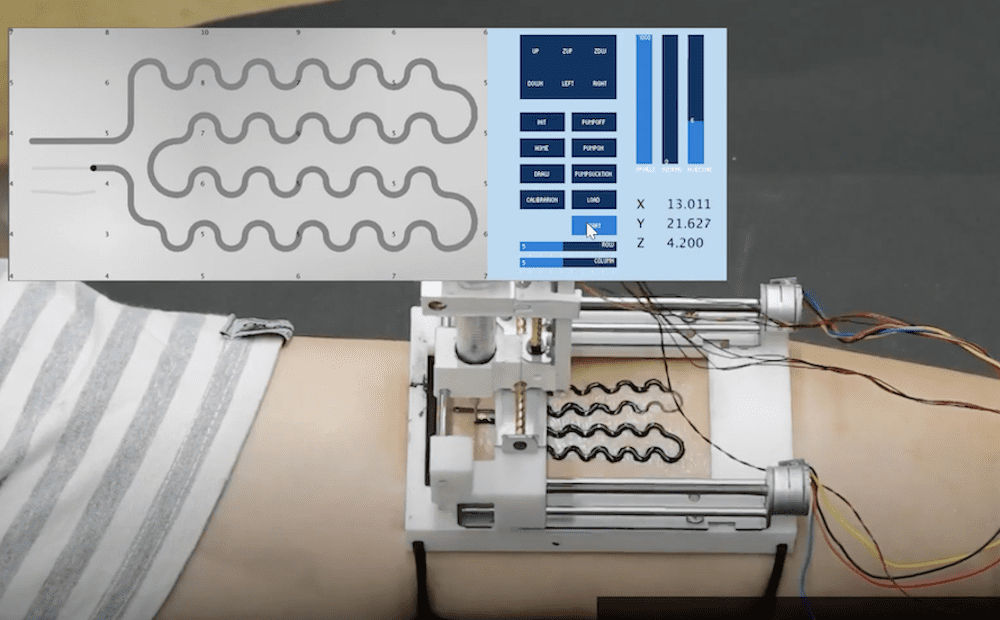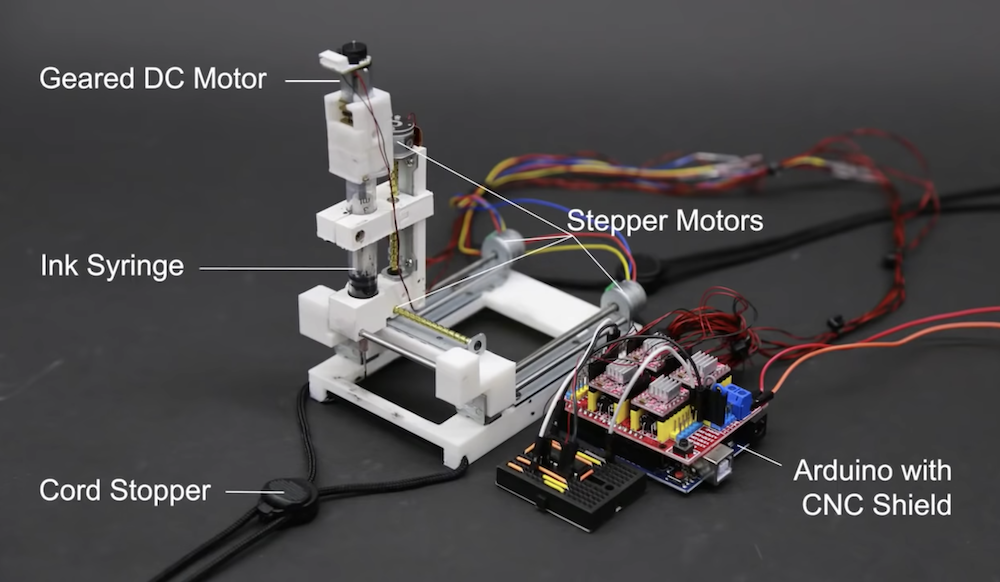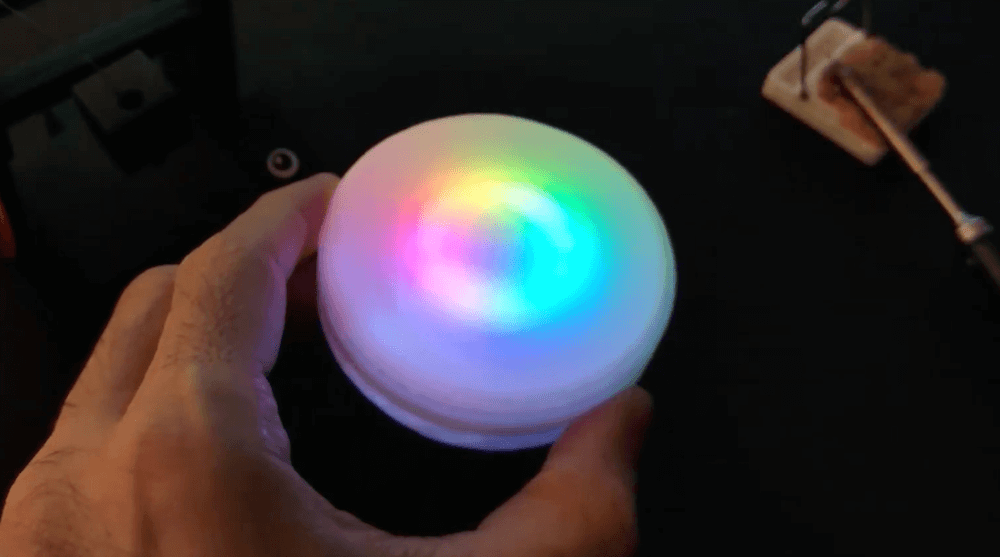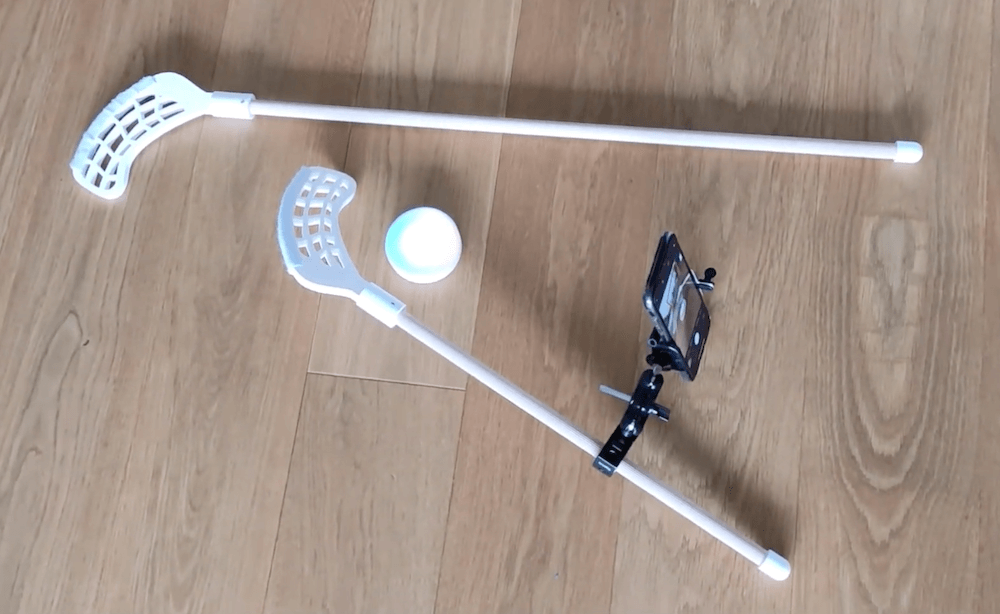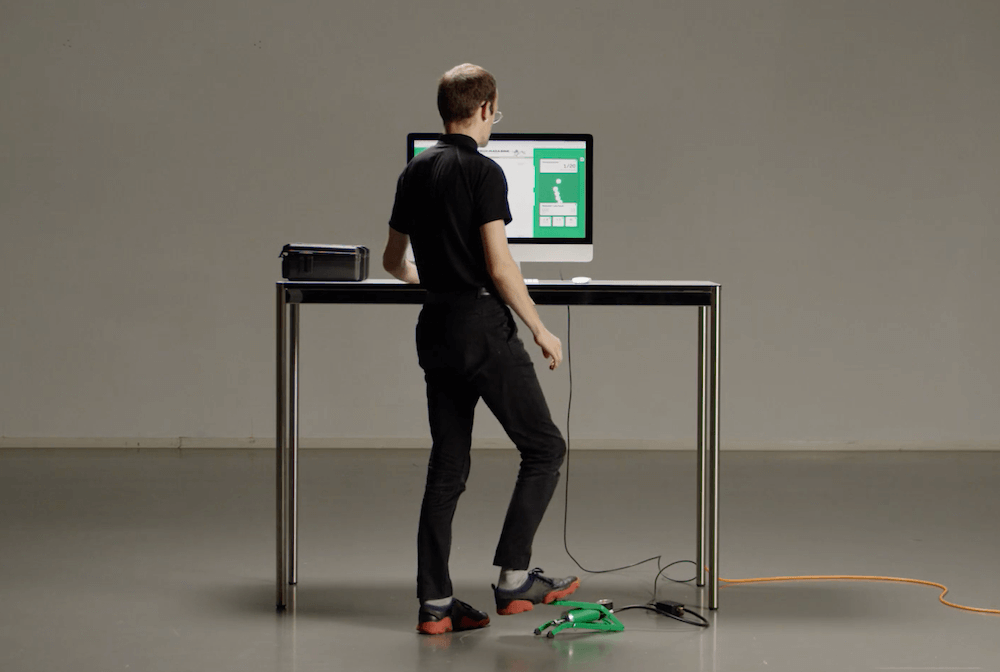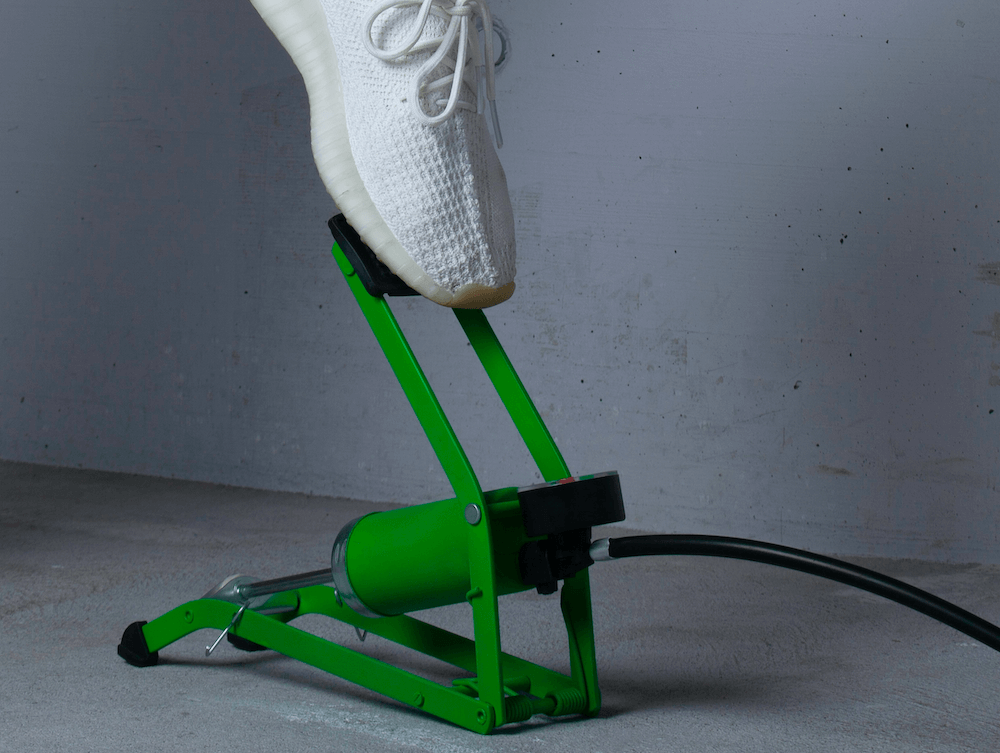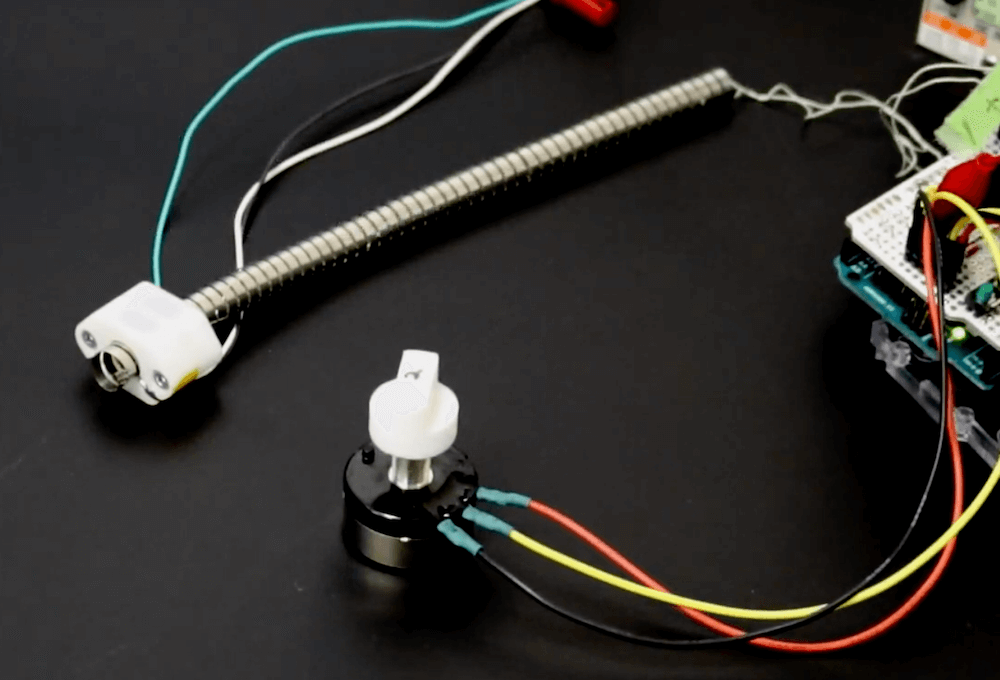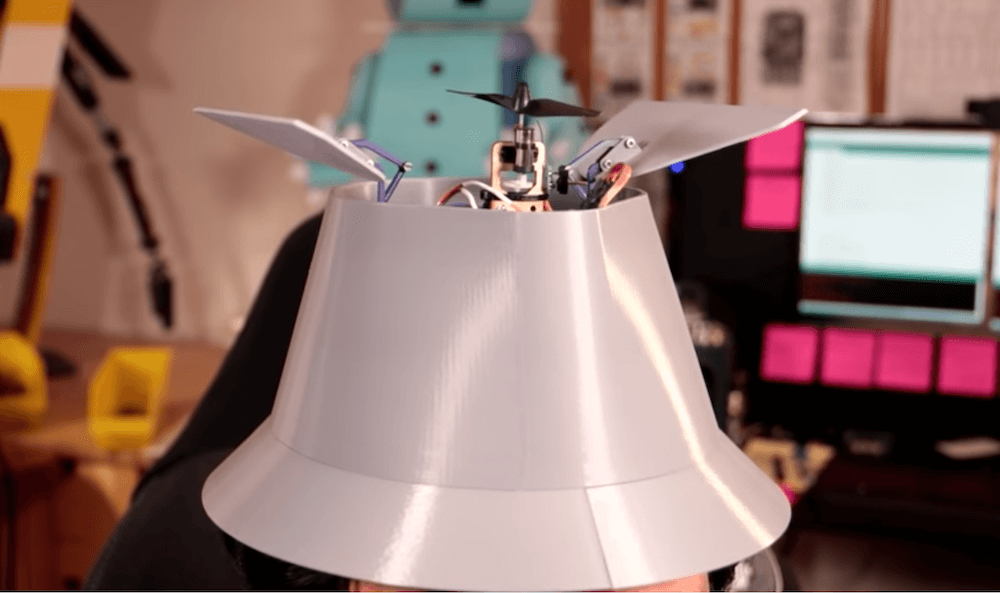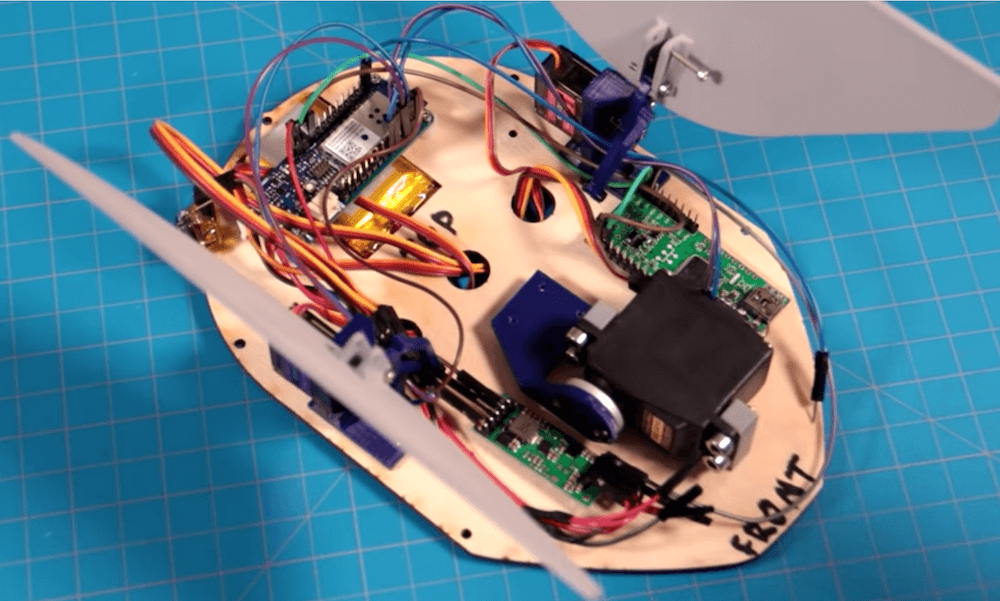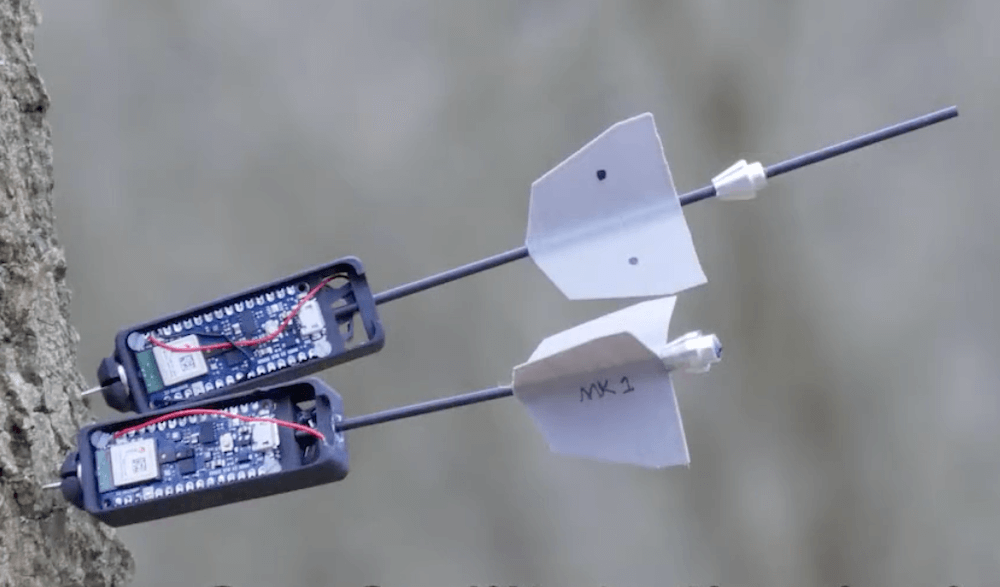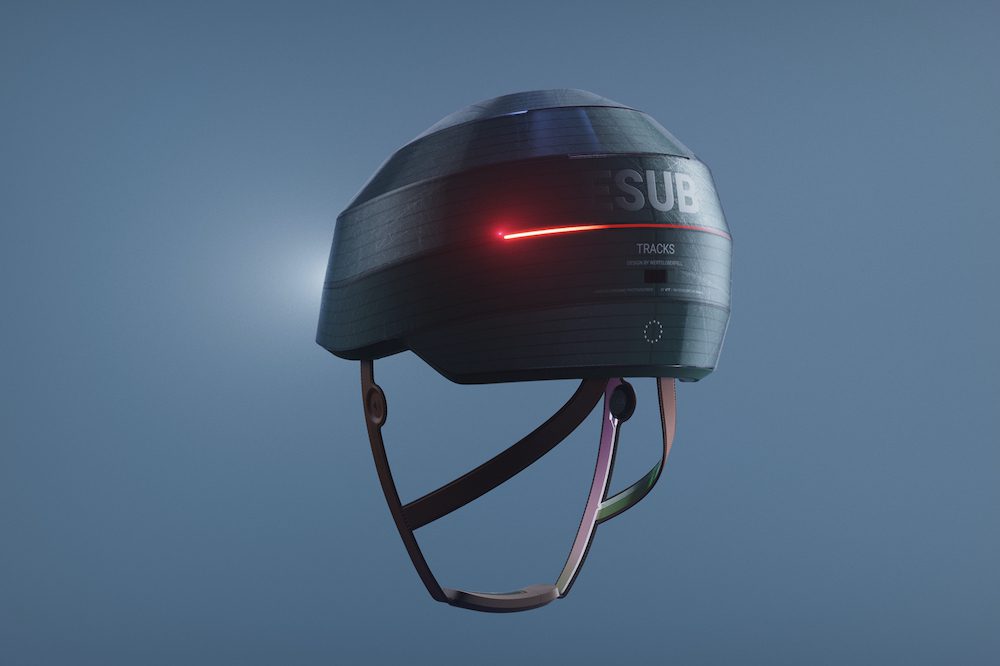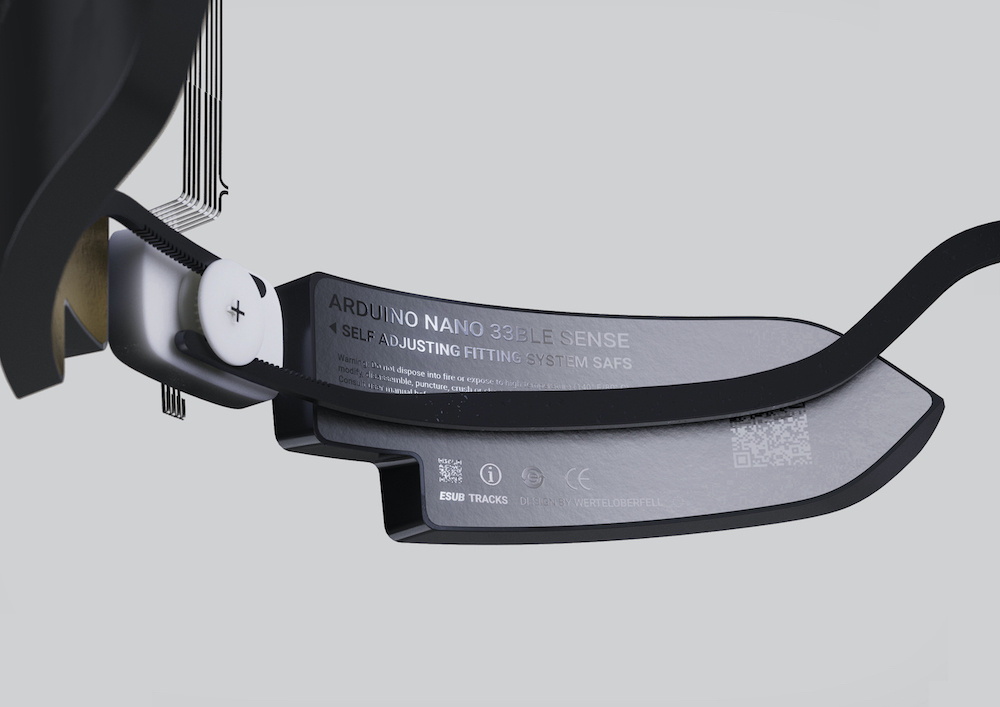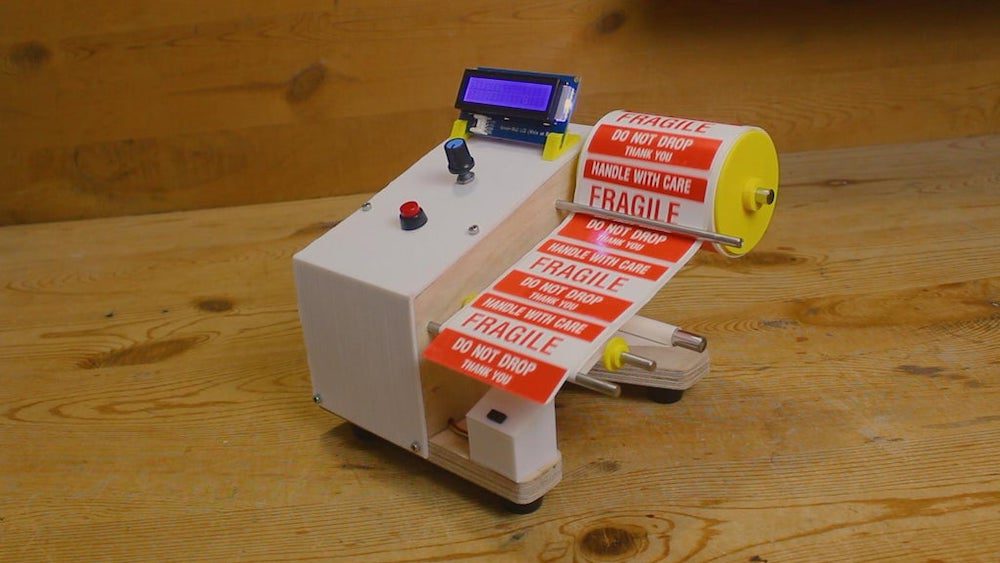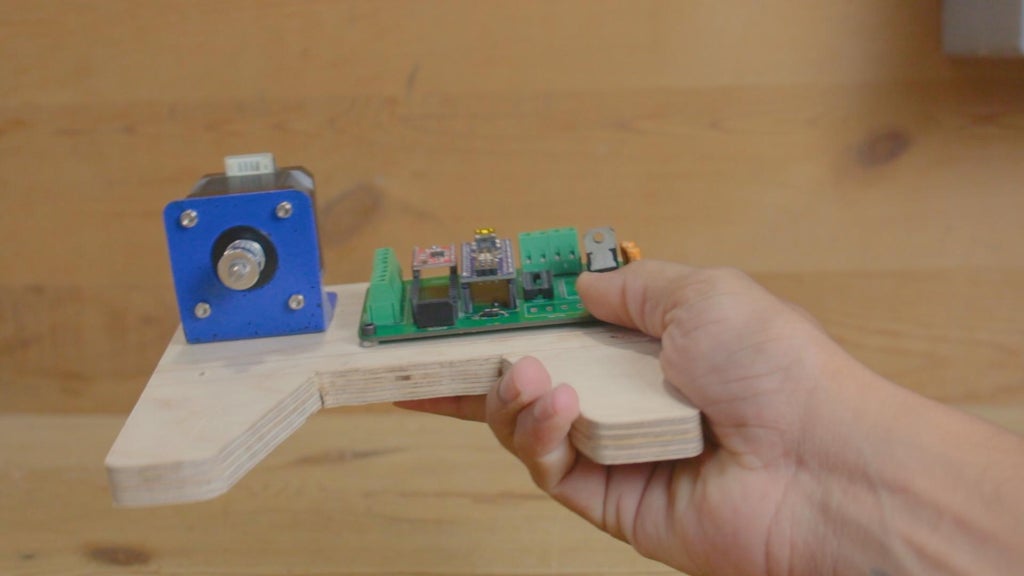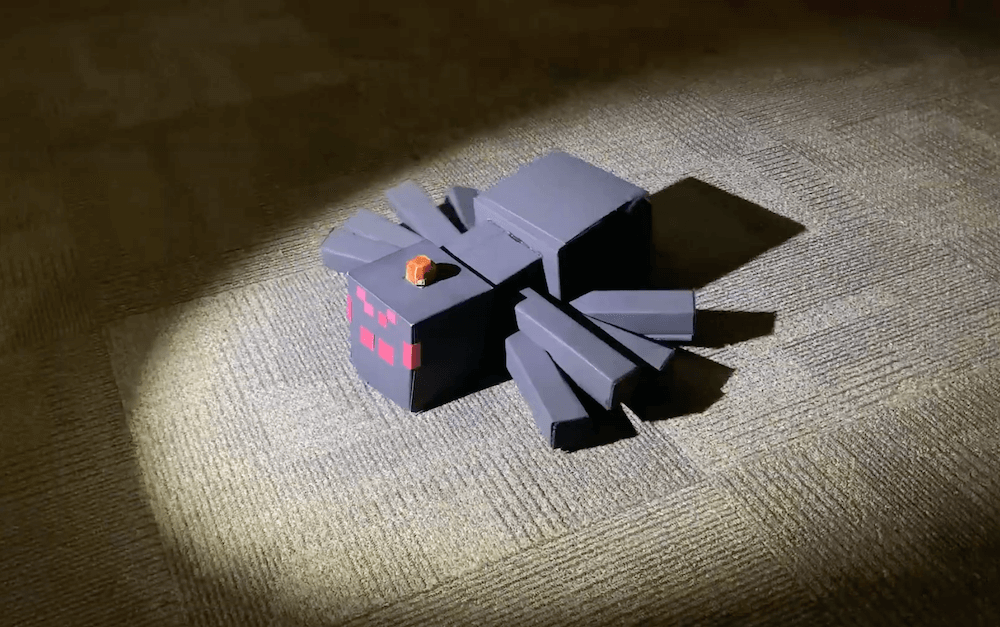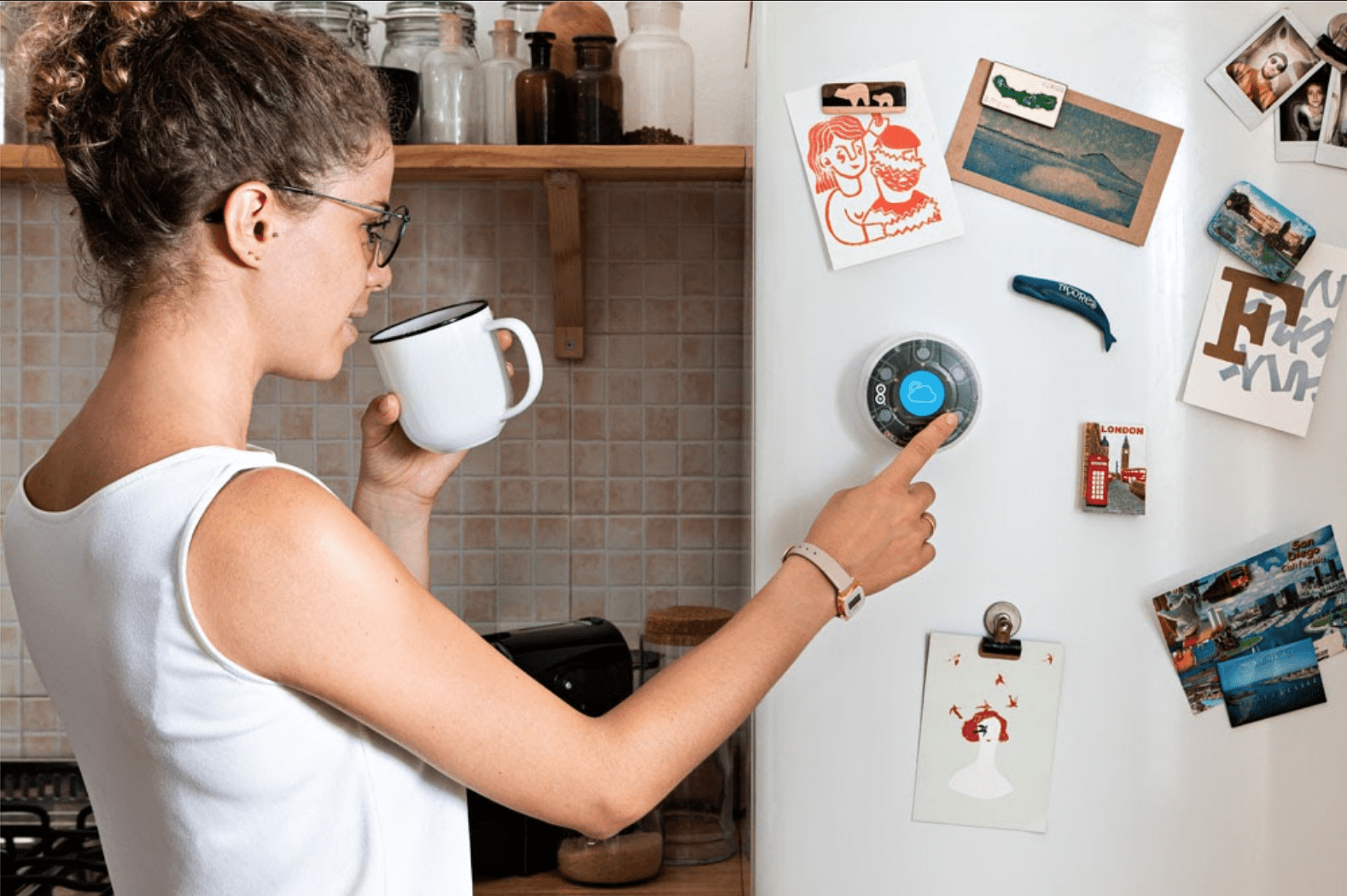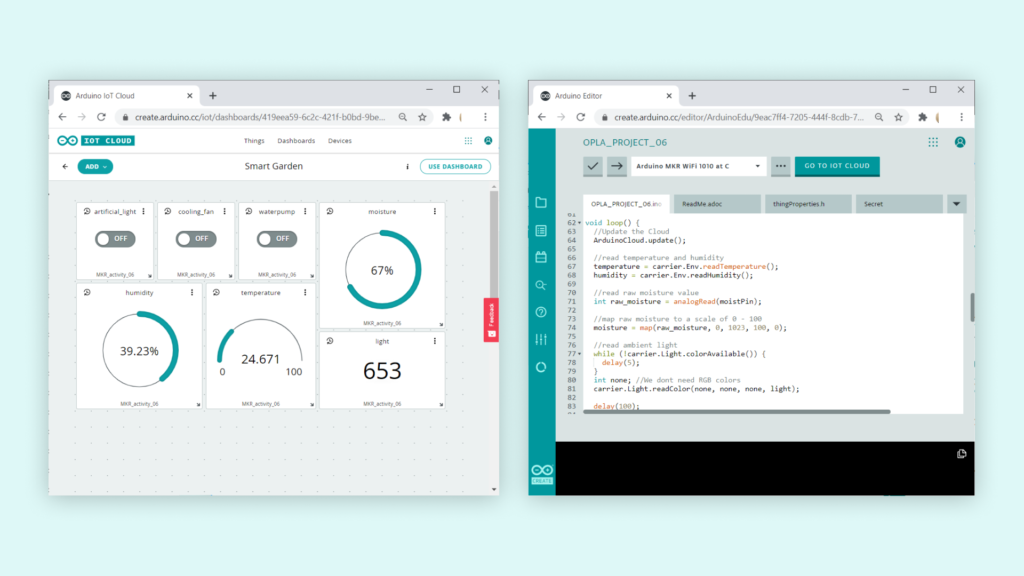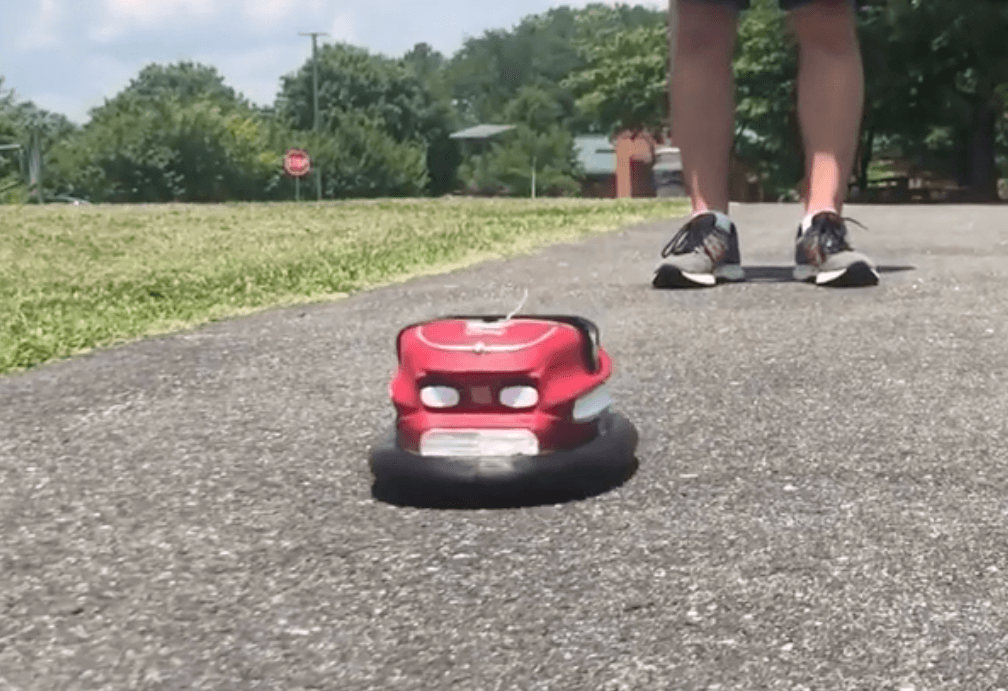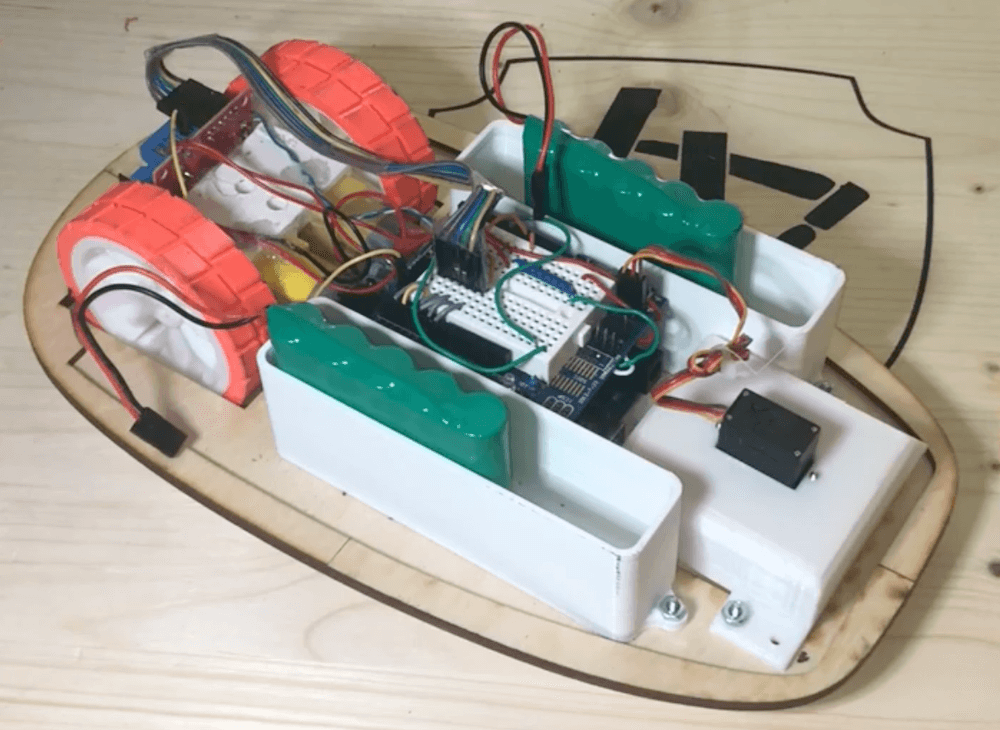Arduino Science Journal surpasses 100K total downloads!
— November 12th, 2020

The Arduino Science Journal is a mobile application that allows anyone to conduct scientific experiments by measuring the surrounding world with sensors, documenting and comparing data, developing and validating hypotheses, and taking notes. The app and all learning materials are free, open source, and available for download on Google Play Store, Apple App Store, and starting from today on Huawei App Gallery.
The Arduino Science Journal encourages students to explore how the world works, record data, document observations, and experiment like a real scientist — all through their mobile device, providing in effect a pocket-sized science lab!
We are happy to announce today that the Arduino Science Journal has surpassed 100K total downloads since its launch!
Students can choose between dozens of hands-on science experiments, designed by education experts.
All experiments are free and cover a range of different areas, such as light, sound, motion and electricity, and can be used to enrich the learning experience within a variety of subjects such as math, physics, biology, and chemistry.
The Science Journal is aligned with the UK National Curriculum for Science and NGSS in the US.
We want to thank all the students, educators, and our community members that have downloaded the app, empowering the Arduino Education community! 100K times thanks!
Help us build an even bigger worldwide community of scientists! For more information, visit our website.
Share this article and download your app today on Google Play Store, Apple App Store, and Huawei App Gallery.
Website: LINK
